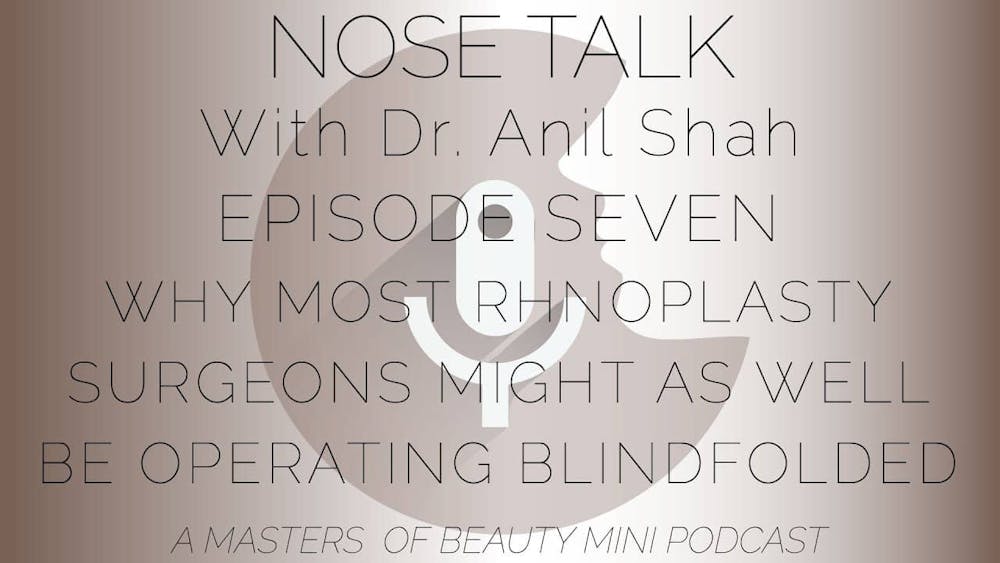This audio podcast has been transcribed using an automated service. Please forgive any typographic errors or other transcription flaws.
Most surgeons who operate on their nose are blind. So let’s talk about that. Most surgeons who do rhinoplasty cannot see what they’re doing and they are effectively somewhat blind. Um, this is the way I was taught. This is when you look at rhinoplasty on the line, how almost every procedure is being performed. So what does it mean to be blind or being blind means you cannot see what you are doing. And for most surgeons, when they’re going underneath the skin, when they’re making change physical changes to the bone, they’re doing this underneath the skin. And they’re guessing at the tip of the chisel is while they’re doing that, the chisel may be in the bone. It may be below. It may be cracking the bone, making some sort of line, but they’re doing this without the benefit of sight. Um, the bone may be thicker on one side.
There may be edges all along the bone, but they’re doing this all again blind. So why do I not like that? The biggest issue I have with that again is when you’re doing something blind, obviously you cannot see what you’re doing. And in this case you cannot feel what you’re doing because you’re feeling through the skin, through the muscle, over the, of the bone and over the perio, I prefer to open up this whole area and see this it’s the same incision that you would normally do, but you have to undermine the skin over the bones. And when you’re doing an osteotomy, um, this way you have direct visualization of what you’re doing. Oftentimes when I do that, you’ll see little edges of nasal fractures. You’ll see that one bone is slightly thicker on one side than the other. You’ll see that maybe a bone is a little further out, one way the other, and what you’re doing.
At least what I’m doing, I do. This is I’m contrary the most to make them as smooth as possible. It isn’t physically impossible to make someone’s nose perfectly straight, but you have a way better chance of doing this when you’re physically, when you’re seeing what you’re doing versus when you’re guessing what you’re doing. So I’m not a big, big fan of doing things blind. I think you try to have as much direct visualization of what you’re doing. Um, and that way again, you’re gonna have a way better chance of getting more successful outcomes in rhinoplasty.

